





Dysphagy
The dysphagy – the complicated swallowing, is a symptom of diseases of an upper part of digestive tract and a nervous system. The dysphagy, even incidental, and especially often repeating and the more so a constant, demands the address to the doctor and carrying out careful diagnosis as diseases at which it is shown are very serious.
Dysphagy reasons
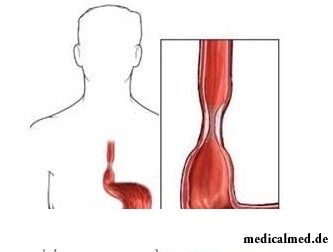
Depending on the reason causing it, the dysphagy can be:
- True;
- Functional when process does not have mechanical obstacles swallowing, and there are only frustration of a nervous system;
- Caused by organic lesions when there are diseases of an upper part of a GIT or the bodies, next to it, obstructive a food lump.
The gullet diseases creating mechanical obstacles to advance of a food lump are the most frequent reason of a dysphagy. Such state is called a gullet dysphagy. Gullet dysphagy reasons following: a gullet ulcer, an esophagitis (an inflammation of a mucous membrane of a gullet), a gullet stricture – a cicatricial posttraumatic esophageal stenosis, a gullet tumor.
Besides, diseases of the bodies, next to a gullet, at which there is its prelum can be the cause of a dysphagy. For example, hernia of esophageal department of a diaphragm, nodal craw, aortic aneurysm, mediastinum tumor, etc.
Dysphagy symptoms
The true dysphagy, disturbance actually of swallowing, that is advances of a food lump from an oral cavity in a throat, arises at defeat of the nerve centers managing the act of swallowing therefore this harmonious process is imbalanced and contents of a food lump in attempt to swallow it get not into a gullet, and into airways – a nasopharynx, a throat, a trachea. The spasm of respiratory tracts results, up to suffocation, there is severe reflex cough.
The functional dysphagy arises at functional frustration of a nervous system – a hyperexcitability, neurosises, etc. In this case symptoms of a dysphagy are shown incidentally, as a rule, them provokes any one or several types of food (firm, liquid, acute etc.). At the same time the food lump usually does not get into airways, but swallowing is complicated, and its advance on a gullet is followed by unpleasant and painful feelings.
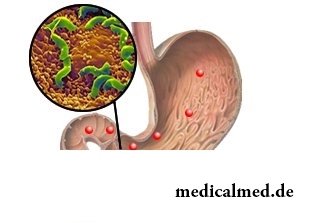
At a gullet dysphagy the act of swallowing is not violated, but passing of a food lump is followed by pain in an upper part of a stomach, heartburn, sometimes an eructation. There is an unpleasant smack in a mouth, regurgitation – a stomach contents pelting in a throat and an oral cavity is observed. Regurgitation amplifies at inclined position of a body, and also during sleep, especially if meal was less than in two hours prior to a dream. Hoarseness of a voice, the raised slyunoobrazovaniye and suffocation can be dysphagy symptoms at an esophagitis. The gullet dysphagy is caused by firm food more often, its distinctive feature is that the zapivaniye water facilitates process, and at reception of liquid or kashitseobrazny food symptoms of a dysphagy are less expressed though the gullet dysphagy at an esophagitis can arise also at reception of liquids.
Diagnosis of a dysphagy
As the dysphagy - a disease symptom, but not an independent disease, is necessary careful diagnosis for detection of the disease which became the dysphagy reason. In the beginning conduct gastroenterological examination which main method in this case is FGDS – a fibrogastroduodenoskopiya, the endoscopic research allowing to consider a mucous membrane of an upper part of digestive tract and to reveal the available pathology. At detection of a tumor or ulcer carry out a biopsy with the subsequent histologic research, and at detection of signs of an esophagitis take gullet contents for bacteriological crops, for the purpose of identification of the activator.
If by means of gastroenterological inspection the reason of a dysphagy was not found, conduct neurologic examination, revealing the struck nervous structure.
Treatment of a dysphagy
Treatment of a dysphagy comes down to use of the local means facilitating its symptoms as the main therapeutic measures are taken in relation to that disease which served as the dysphagy reason.
Often treatment consists in acute management at emergence of acute symptoms of a dysphagy. So, in case of a true dysphagy it is necessary to clear first of all carefully airways of the food which got into them, watching that the patient did not choke. Further treatment of a dysphagy true is carried out in a hospital, in hard cases food and water are entered into a gullet through a tube.
Urgent treatment of the dysphagy caused by a gullet inflammation consists in reception of the antiacid aluminum-bearing means (reducing acidity, so-called "heartburn medicine" like Fosfalyugel, Almagelum, etc.) or reception of the sparkling tablet of Zantak dissolved in a glass of water. The subsequent treatment of a dysphagy consists in treatment of an esophagitis.
At a dysphagy of a gullet observance of certain rules of a feeding behavior and diet is necessary. So, fractional food is recommended in the small portions (not less than 4 times a day), food should not be dry and rigid, it needs to be chewed carefully. Meals hastily and with no drink are prohibited. After food it is necessary to avoid within 1,5-2 hours inclinations forward to avoid regurgitation. The last meal has to be not later, than in 2 hours prior to a dream.
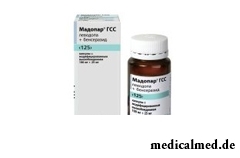 If the patient has a gullet dysphagy, its diet has to consist of food, easy for digestion: low-fat grades of meat, fish and bird, and preference it is necessary to give the vegetables cooked or steamed to light meat, food fat, fried and smoked, and also acute and spicy is excluded. Fast food and all types of sparkling drinks, and also strong tea and coffee are prohibited. Alcohol is excluded completely. The rough cellulose also should be avoided. Dairy and fermented milk products are recommended, in general preference needs to be given to a milk and vegetable diet, with addition of mucous soups and porridges.
If the patient has a gullet dysphagy, its diet has to consist of food, easy for digestion: low-fat grades of meat, fish and bird, and preference it is necessary to give the vegetables cooked or steamed to light meat, food fat, fried and smoked, and also acute and spicy is excluded. Fast food and all types of sparkling drinks, and also strong tea and coffee are prohibited. Alcohol is excluded completely. The rough cellulose also should be avoided. Dairy and fermented milk products are recommended, in general preference needs to be given to a milk and vegetable diet, with addition of mucous soups and porridges.
Antidepressant Klomipramin causes an orgasm in 5% of patients.

The stroke is one of the most widespread diseases of the person, annually in the world about 6 million cases эт are registered...
Section: Articles about health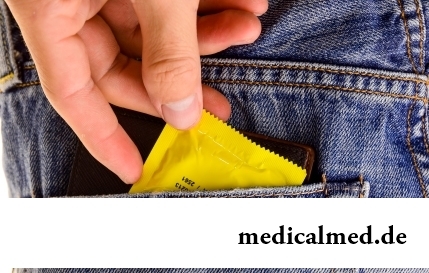
Today about 30 diseases, sexually transmitted are known. Wide circulation of these illnesses is extremely promoted by the dual attitude towards them: on the one hand, most of people know about "shameful" diseases and not a stirrup very little...
Section: Articles about health
The medicine promptly develops, and the fact that else quite recently it seemed by miracle can now. We are not surprised any more to the fact that people with artificial joints and extremities can play sports, organ transplantation became a routine, and the latest cancer medicine allowed to achieve reduction of mortality in tens of times. Miracles of plastic surgery thanks to which people in 60 years are in the flower of beauty and freshness, too not a sensation any more....
Section: Articles about health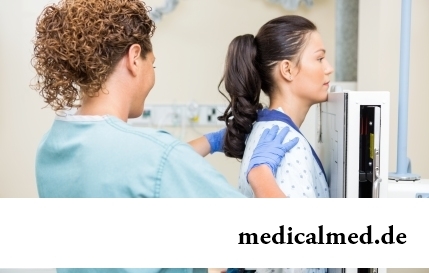
Radiological methods of a research are applied in medicine more than hundred years, and thanks to them millions of lives were saved. In m...
Section: Articles about health
The words "disease" and "patient" not without reason come from one root – "pain". As a rule, symptoms of illnesses thoroughly spoil to patients life. However from this rule there are exceptions. Some diseases are shown by signs which can cause even полож...
Section: Articles about health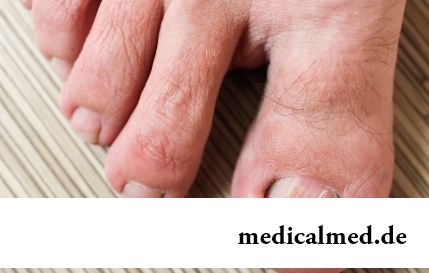
The word "onikhokriptoz" is unfamiliar to most of people, meanwhile quite so physicians call very widespread problem: the growing of edge of a nail into surrounding fabrics causing inflammatory process. Usually the illness affects thumbs of legs, and is followed by reddening, hypostasis, and in the started cases – release of pus. Patients complain of the pain amplifying when walking, problems with the choice of footwear....
Section: Articles about health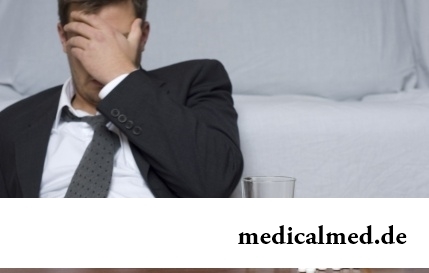
Impossibility to conceive the child – a trouble of many Russian families. During quite long time was considered that the main "culprits...
Section: Articles about health
Is told about advantage of domestic animals for development of the child much. But many parents nevertheless do not hurry to bring pets as are afraid that they can do harm to health of children. What troubles can really trap kids and how to make with...
Section: Articles about health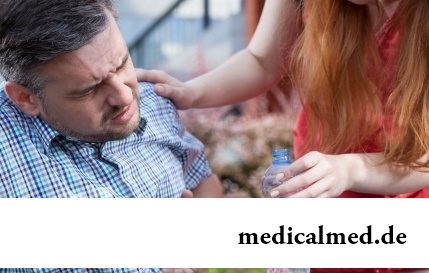
Each of us faces from time to time that other people need the immediate help. We react to it differently: one at once call doctors and police, others rush to victims and try to save them independently. Some pass by at all … Certainly, desire to help the neighbor who got into trouble, quite naturally for any decent person. However not everyone understands that to work in a similar situation, being guided by exclusively good...
Section: Articles about health
For the city dweller the fitness is the most convenient sport. It is enough to acquire the subscription to the gym to receive to a toast...
Section: Articles about health
(Xerostomia) many people consider feeling of a xerostomia small and easily removable inconvenience. This delusion: the symptom can demonstrate existence of serious diseases. It is worth to remember also that saliva performs important functions...
Section: Articles about health
New year, wedding, birthday, office party – an occasion to drink at the Russian person will always be. How to reduce a negative impact of alcohol by an organism and to avoid a condition of strong intoxication? The most correct council – to refuse the use of alcoholic drinks. Council is true, but not always feasible. We offer several advice which will help you in cases when it is impossible to avoid alcohol intake....
Section: Articles about health
Scientists have no unambiguous opinion on a proximate cause of emergence of a carcinoma cutaneum today. Only the factors promoting development of this illness are precisely established. Treat them: long impact on skin of ultraviolet rays, radiation exposure, thermal injuries, injuries of skin by aggressive chemicals (pitches, acids, alkalis, etc.), genetic predisposition (existence of malignant new growths of skin in the family anamnesis), at...
Section: Articles about health
Beauty shop – the place which is associated only with positive emotions: joy, pleasure, relaxation. One...
Section: Articles about health
Modern footwear is extremely various. It stopped being only protection for legs long ago. Today shoes, boots, barefoot persons choose not so much proceeding from their convenience and functionality how many being guided by outward, brand and an opportunity to add with it...
Section: Articles about health
All of us, unfortunately, should face flu nearly an every year. It would seem, so frequent disease has to be studied already up and down, and each person, at least once to them had (and the number of such people in our country aims at 100%), has to know the basic rules of its treatment. However as shows experience of doctors, there is no it, and often people, self-confidently thinking what is known as it is necessary to be treated, make mistakes....
Section: Articles about health
Dietary supplements (dietary supplements) for the last decades were so thoroughly included into our life that, apparently, it is already impossible on...
Section: Articles about health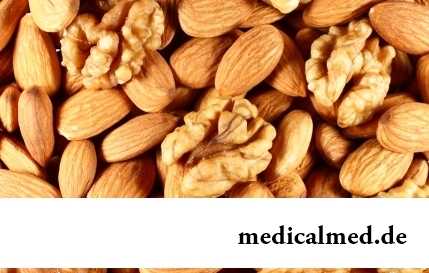
For the last decades the diabetes mellitus of the second type became really world problem. The number of cases annually increases, and average age of patients for whom the illness is diagnosed, steadily decreases. Specialists consider that one of osno...
Section: Articles about health
Childbirth is the most important event in life of each woman. We are women we give birth to the new little man on this light. Now the tendency to that was outlined, as men want to participate in labor too. But there is a question and whether it is worth allowing the husbands on childbirth?...
Section: Articles about health
The way of life of people promptly changes from year to year: if about ten years ago the personal computer was not in each family...
Section: Articles about health
The body of the person almost for 60% consists of water. It is so important for normal functioning of an organism that loss of only one and a half percent of liquid already leads to the most unpleasant effects. The problems connected with deficit of water can overtake and...
Section: Articles about health
The nature does not stand stagnation and monotony. It is known that tissues of a human body atrophy if do not receive necessary loadings. It fully belongs also to a cerebral cortex: when it is not given full-time job, it begins to function worse. As a result memory decreases, the person becomes less bright, acquires information more slowly, hardly switches from one thought to another. There are problems at work, difficulties with communication and career development. These it is unpleasant...
Section: Articles about health
Sometimes it seems that modern society was divided into two camps: representatives of the first are sure that has to for contraception отвеч...
Section: Articles about health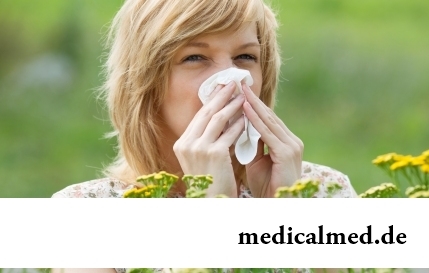
There comes the season of issues. Many Russians already dream of outdoor recreation, trips, beautiful seaside beaches. At this time there is no wish to think of problems with health and other unpleasant things, however there are subjects which require attention. Summer...
Section: Articles about health
Household skills which to us so diligently imparted in the childhood it appears, not always bring only benefit. According to results of the last researches, some habits which for a long time were considered useful and even necessary can become the reason of serious indispositions. Here only seven the most widespread of them....
Section: Articles about health


